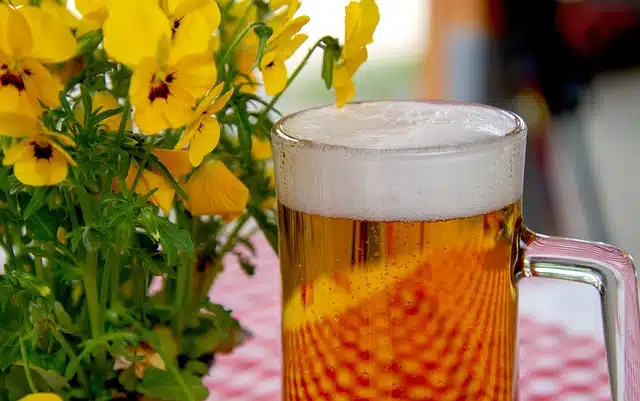
An excess of solute (such as salt) in a solution can cause supersaturation.
The act and result of oversaturating or oversaturating is called supersaturation . This verb , meanwhile, refers to saturating (filling) something excessively .
Too much solute
The idea of supersaturation usually refers to the introduction of a large amount of substance into a solution, in such a way that the level needed to achieve saturation is exceeded .
It is a phenomenon that occurs when, in a solution, the solvent receives a higher quantity of solute than it is able to admit . In this way, the excess solute appears as a precipitate .
This means, with supersaturation, the solute that does not dissolve remains in a solid state. This particularity appears when the conditions of a saturated solution are exceeded.
Not only the incorporation of excess solute can cause supersaturation. If the pressure increases or the volume of the solvent decreases, to name two possibilities, supersaturation of the solution may occur.
Related concepts
It is advisable to review some concepts before moving forward with the definition of supersaturation. The mixture that is generated when, in a liquid (the solvent ), a solid substance (the solute ) is dissolved is called a solution . This mixture is homogeneous and occurs at the molecule or ion level, between two or more pure substances that cannot cause chemical reactions with each other.
Taking this concept to everyday terms, we can observe it when we dissolve sugar or salt in a glass of water. The concentration of the solute (which in these cases would be sugar or salt) is of great importance in the description of a solution. When the solution is generated with two liquid substances (such as water and alcohol) it is not easy to distinguish the solvent from the solute, although it is usually resolved that the latter is the one found in the smallest proportion.
Examples
The production of rock sugar or stone sugar is an example of supersaturation. This product is obtained by causing a supersaturated mixture of water and sugar to crystallize on a certain surface. Thus, when the supersaturated solution cools, crystals known as rock or stone sugar are obtained.
We can also mention sparkling wine, sparkling water and other so-called carbonated drinks, which are supersaturated solutions of carbon dioxide in water. It is possible to dissolve more carbon dioxide inside the bottle than outside, because the pressure there exceeds atmospheric values . In the latter case, the rate at which carbon dioxide gas leaves the liquid is very low. The acceleration of the process occurs thanks to the nucleation points found in the solution and can also be enhanced by stirring or adding solute.

Supersaturation is also used to generate beer foam.
The production of certain drinks, such as malts and beers, relies on this phenomenon to create the typical foam that forms at the top. This is known as giste, crown or head . From this arose the invention of a device that allows the improvement of bubbles with two supersaturated phases of nitrogen and carbon dioxide.
Outside of the realm of drinks, in diving we can also see oversaturation. In theory, this could take place when the diver heads towards the surface, if the dissolved gas has a tension higher than inspiration. When they submerge, their tissues experience a saturation of respiratory gases. If the ascent is too fast, the so-called decompression syndrome occurs, with the formation of gas bubbles.
